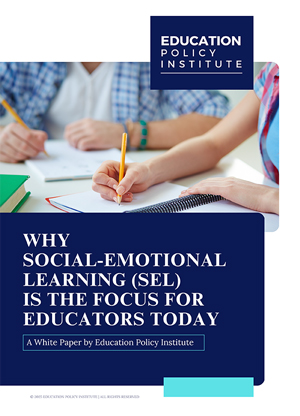The future of education isn’t coming; it’s already here, and it’s powered by artificial intelligence. For educators, the challenge is not simply adopting new tools, but integrating them meaningfully into their everyday work. When applied effectively, AI can reduce workloads, increase engagement, and improve learning outcomes. At the same time, its adoption raises important questions about ethics, training, and institutional support. This article explores how AI can empower teachers and educators, examines key ways it’s being used, addresses the challenges, and looks ahead to what educational institutions must do to be ready for the future.
How AI is Transforming the Role of Educators
AI is not replacing teachers. Rather, it is shifting what teaching looks like by offering support, insight, and efficiencies that were not previously possible.
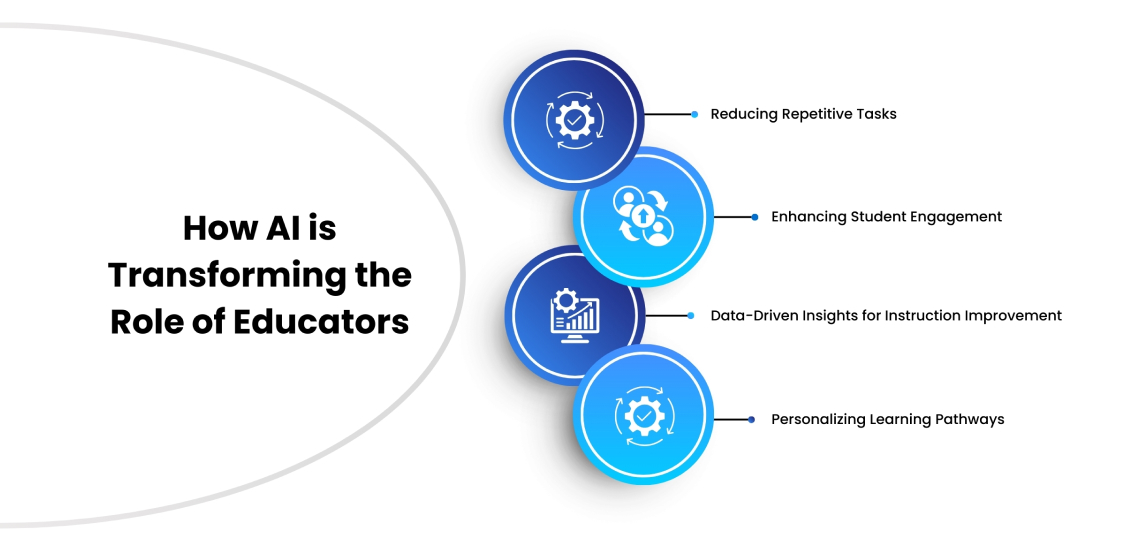
-
Reducing Repetitive Tasks
Many routine tasks like grading multiple-choice quizzes, preparing drafts of lesson outlines, generating assessment feedback etc consume significant time. AI tools can automate or speed up such tasks, freeing educators to focus on deeper work, such as mentoring, creative lesson design, and student interactions. Transcript generation, automatic feedback, and interactive visualization of classroom discussions are among functions relieving administrative burdens for teachers. -
Enhancing Student Engagement
AI-powered tools offer dynamic, interactive content that helps bring lessons to life. Features such as real-time polling, quiz generation, open-ended questions, and adaptive settings draw students into active participation. Educators are using AI to build more engaging lessons by creating interactive slides and activities that respond to student inputs. -
Personalizing Learning Pathways
Recognizing that learners differ in prior knowledge, pace of learning, and interests, AI can help adjust content and pacing to suit individual students. It can suggest supplementary resources, provide reinforcement where learners struggle, and allow advanced learners to move ahead. -
Data-Driven Insights for Instruction Improvement
With AI tools, educators can collect data on student performance, engagement, and learning challenges more systematically. That data allows for reflection on teaching practices, identification of where students struggle most, and informed decisions about lesson adjustments. AI visualizations of classroom interactions and transcript analysis provide a strong example of how teachers can assess and evaluate independently.
Strategies for Preparing Educators for the AI Driven Future
To ensure that educators and educational institutions can benefit fully and responsibly from AI, certain preparations are crucial.
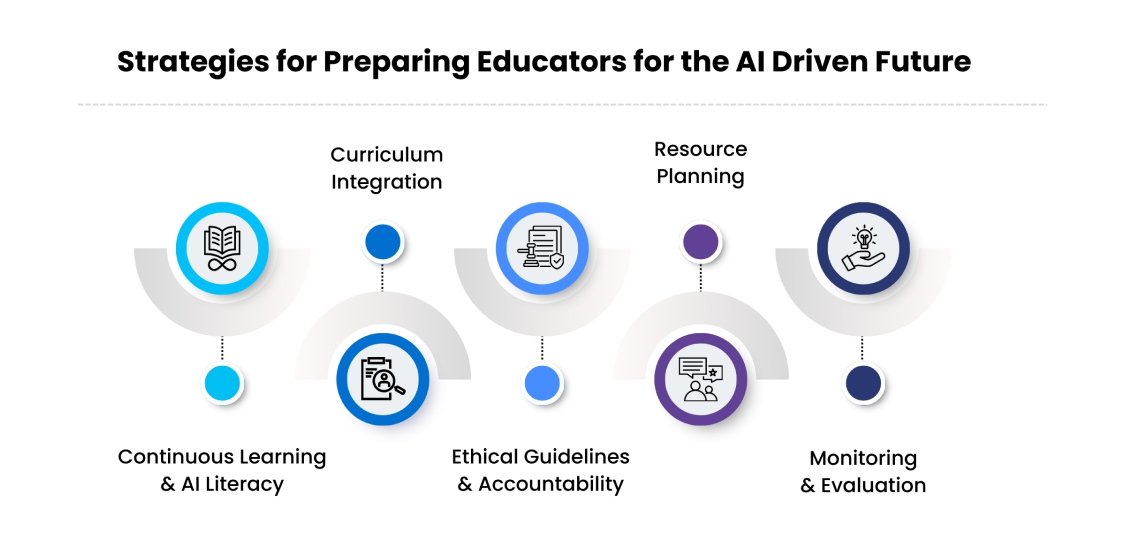
-
Continuous Learning & AI Literacy
Educators will need ongoing opportunities to learn about AI’s capabilities and limitations. AI literacy includes understanding how models work, awareness of bias, and how prompting influences outcomes. Workshops, peer learning, and online modules can help. -
Curriculum Integration
It is more effective when AI is not an add-on but built into teaching practices and curriculum design. This means designing lesson plans that anticipate AI support, embedding data-driven assessment, and establishing reflective practices where teachers regularly review what AI is doing for them and what risks may have arisen. -
Ethical Guidelines & Accountability
Institutions should create policies covering data privacy, consent, acceptable and unacceptable uses of AI, intellectual property, and handling of AI mistakes. Accountability structures (reviews, audits) are also needed. Institutions that establish these frameworks help teachers feel safer and more confident in experimenting with AI. -
Resource Planning
Budgeting for licenses, technical support, hardware, and internet infrastructure is essential. Institutions must also consider support for educators in terms of time, peer collaboration, and incentives to experiment with AI without fearing failure. Some educators report that lack of access to interactive platforms or slow internet limits what AI can do in their classrooms. -
Monitoring & Evaluation
To know whether AI is helping, institutions need robust metrics: student outcomes, engagement, teacher satisfaction, equity of access, and unintended consequences. Gathering data and using it to revise practices ensures continuous improvement. -
Culture of Collaboration
When educators share experiences, resources, and practices with one another, AI adoption becomes more sustainable. Peer support helps reduce isolation and nurtures innovation in how AI is used.
Challenges in Adopting AI For Educators
While the potential is great, there are meaningful obstacles that must be navigated. These go beyond technical issues and touch on human, ethical, and structural concerns.
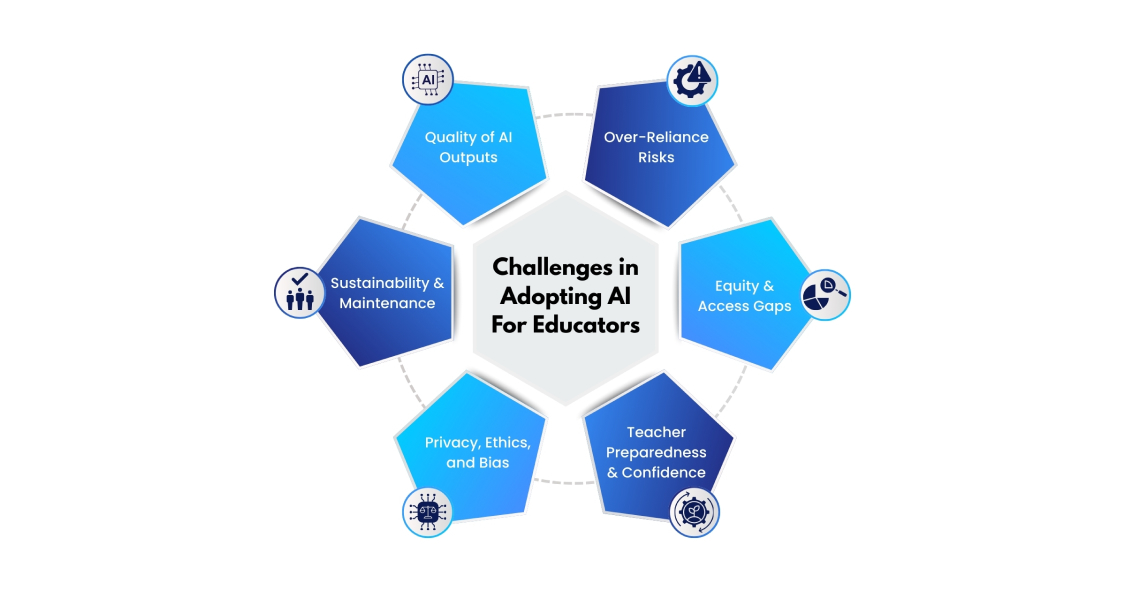
-
Quality of AI Outputs
AI tools function in alignment with how they are designed and the data they rely on. Sometimes, they can produce inaccurate or misleading content. Educators must verify, correct, and adapt AI output. Content generation tools may not always capture nuance or cultural context, which can lead to small errors with big implications. -
Over-Reliance Risks
There is a danger in using AI tools too heavily—for example, depending on AI for lesson plans, assessments, or feedback such that teacher judgment is undermined. Educators must maintain their own critical perspective to avoid unintentional homogenization of instruction or losing the human touch. -
Equity & Access Gaps
Not all schools or learners have equal access to the necessary hardware, stable internet connections, or licensed AI tools. In some regions, educational institutions operate under severe resource constraints. Without intervention, AI could deepen existing inequities in educational quality. -
Teacher Preparedness & Confidence
Many educators lack formal training in AI or time to explore its possibilities. There can be fear of technology, or concern that AI will replace rather than support them. Professional training programs must cover not just tool usage, but also ethics, pedagogy, prompt design, and evaluation of learning outcomes. Evidence from research indicates teachers’ roles shift depending on comfort with AI; some remain observers, others become collaborators or innovators. -
Privacy, Ethics, and Bias
AI tools often collect data about students: performance metrics, responses, even behaviors. Ensuring data privacy, avoiding bias in AI models for instance, content that reflects only majority perspectives or which inadvertently discriminates, and establishing ethical guidelines are essential tasks. -
Sustainability & Maintenance
AI tools require ongoing updates, maintenance, and technical support. An institution may adopt a tool, but without regular reviews, updates, and technical backup, it can become obsolete or insecure. Institutions must plan for long-term cost, support, and renewal.
What Lies Ahead for Teachers in the Age of AI
As AI continues to evolve, its role in education is set to expand in new and transformative ways. The coming years will redefine how teachers and institutions approach learning.
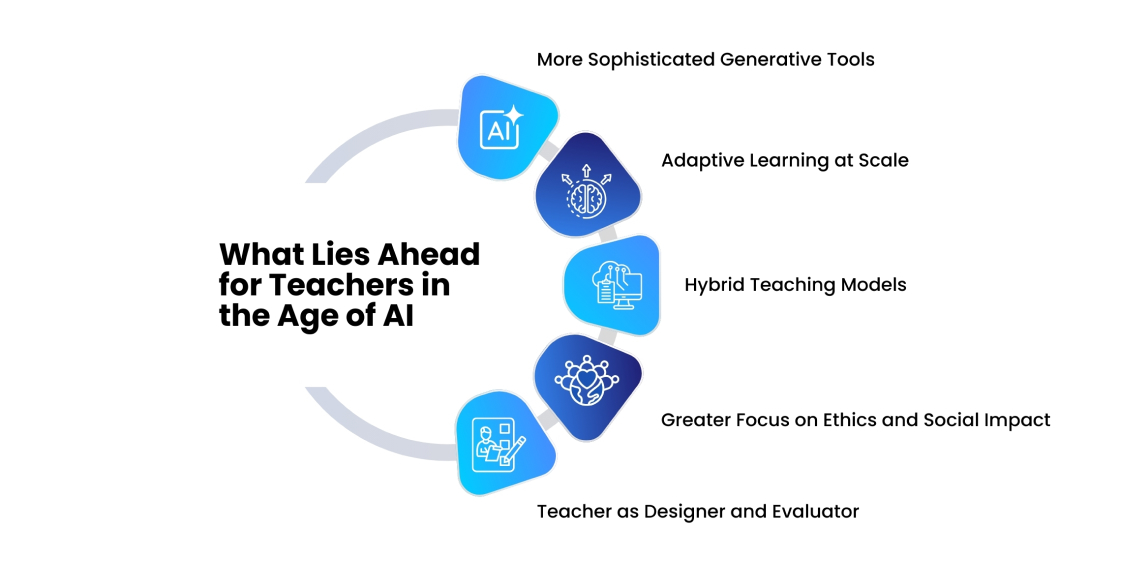
- More Sophisticated Generative Tools: AI models are likely to become better at understanding context, cultural nuance, and student voice, which could make content generation more relevant and less generic.
- Adaptive Learning at Scale: Systems may adapt not only to individual students but to cohorts, identifying which teaching approaches work best for certain groups, adjusting pacing, content, and methods accordingly.
- Hybrid Teaching Models: AI tools could enable hybrid formats that blend human-led class time with AI-supported self-paced learning, culminating in richer, more flexible education patterns.
- Greater Focus on Ethics and Social Impact: Because AI can amplify bias or misuse data, future institutional practices will likely include dedicated ethics components, oversight, and inclusivity checks in all AI-driven processes.
- Teacher as Designer and Evaluator: Rather than simply using AI, educators will increasingly become designers of AI-enhanced learning experiences, evaluating and customizing tools, and deciding where human interaction is crucial.
Conclusion
AI in education offers a powerful opportunity for educational institutions to empower teachers and educators not as replacements, but as partners. When used well, AI can reduce workload, increase student engagement, offer personalized support, and bring data-informed insights into classroom practice. However, this potential comes with real challenges: ensuring quality, equity, ethics, infrastructure, and ongoing professional learning.
Institutions that succeed will be those that invest not only in tools, but also in people: teachers who feel confident and supported; policies that protect student privacy and integrity; and systems that enable continuous feedback and improvement. As the educational setting matures, AI should serve as a complement to human insight, compassion, and creativity, preparing teachers and educators to lead with both innovation and accountability in the institutions of tomorrow.





